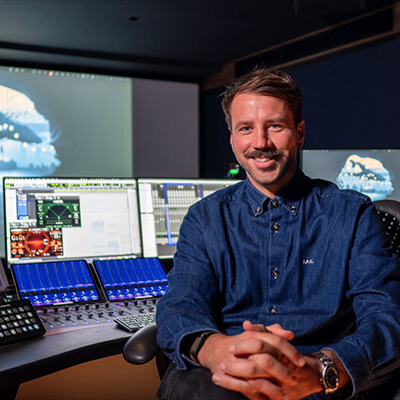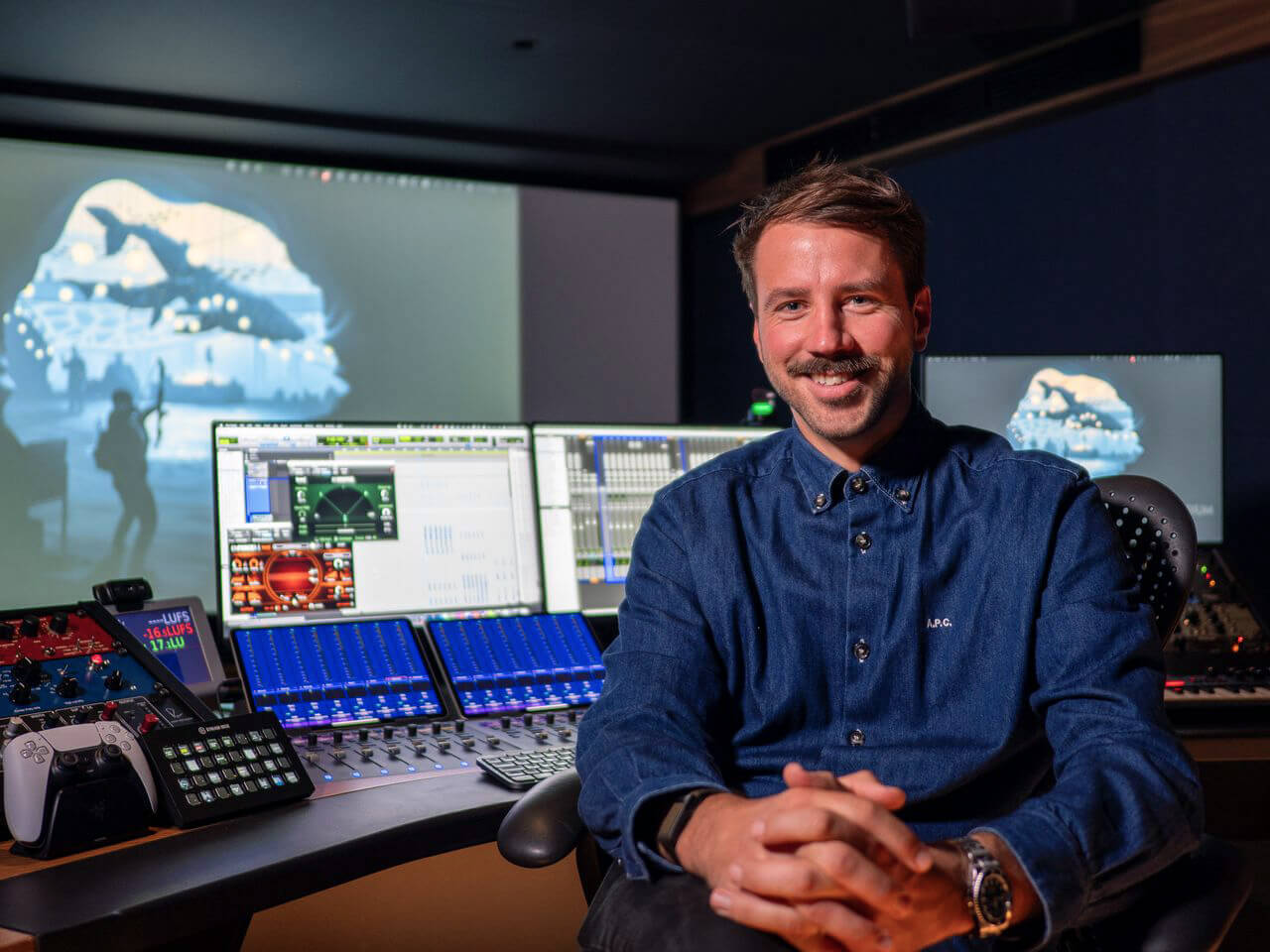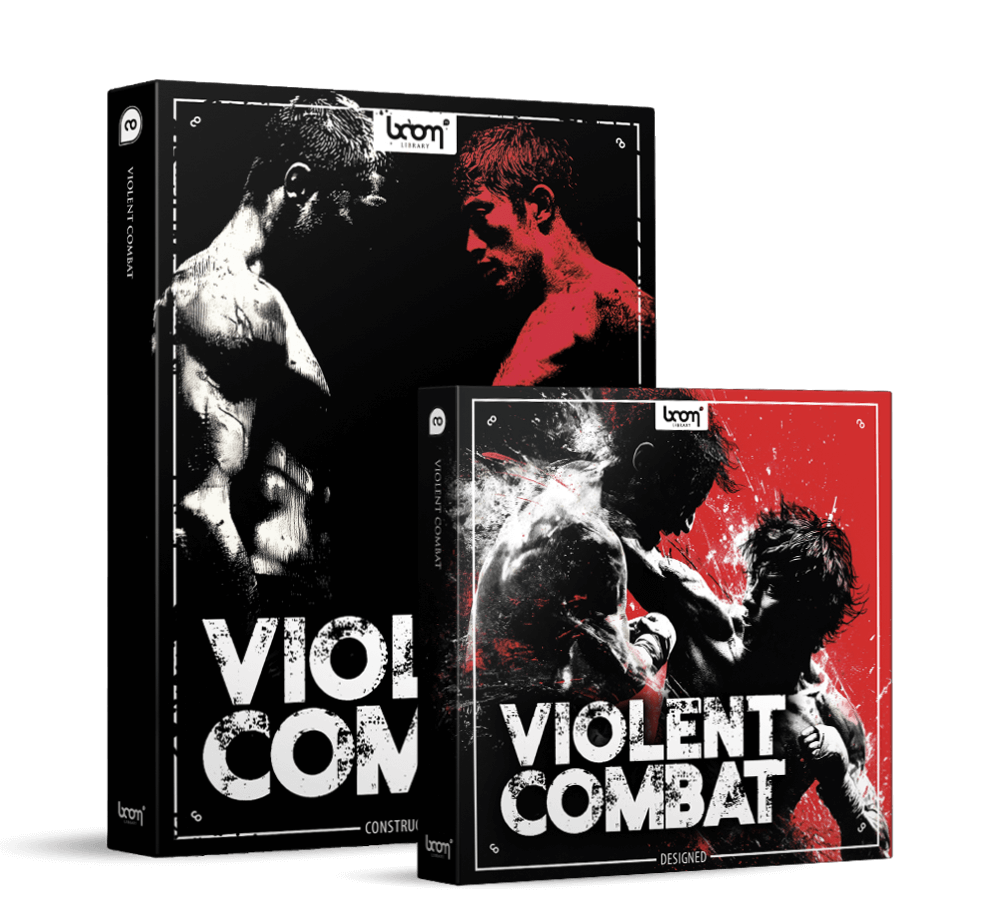When we at BOOM Library build a new combat library, it has to deliver. These are not background textures. They are the sounds that sit right on the surface of a mix, defining how brutal, believable or stylised a fight feels. VIOLENT COMBAT, led by project Lead David Philipp, is the latest in BOOM’s catalogue, designed not to replace the long-serving CLOSE COMBAT but to sit alongside it as a new set of tools for professionals.
Philipp is no stranger to the demands of audio for top games, movies, and TV. As studio head at Formosa Interactive in London, his credits include God of War Ragnarök, Avatar: Frontiers of Pandora, Suicide Squad and Helldivers 2. With fifteen years in games sound, he knows what it takes for a single punch transient or a cloth tear to carry dramatic weight. And like many libraries in BOOM’s line, VIOLENT COMBAT grew out of a very practical need.
“You never have enough fight sounds,” Philipp explains. “They get used constantly, and not just in combat scenes. We use them to sweeten gunshots, give creature vocals bite, add body to vehicles or toughen up footsteps. Having more options means faster decisions in the heat of production.”
From Close Combat to Violent Combat
CLOSE COMBAT has been in circulation for more than a decade. It became a staple because it worked, delivering big, usable hits in hundreds of triple AAA games and Hollywood movies. CLOSE COMBAT is a classic and with VIOLENT COMBAT the goal was to make use of the grown experience, a ton of high end equipment to pick from and rooms that offer enough flexibility to change a boomy sound to a crisp one.
“Back then we were on Sound Devices recorders with their unforgivingly punchy analogue limiters which added to the character of close combat,” Philipp recalls. “Now we’re running rigs with more transient detail and 32-bit float, and with much more flexibility in polar patterns for VIOLENT COMBAT we were able to experiment a lot. And with what we as a team have learned over time, we know how to position, how to manage dynamics, how to capture impact in the recording. Instead of covering the classic basics, we aimed for sources that enable us to define new styles and different details.”
Recording with weight
For VIOLENT COMBAT, the team pushed into more experimental setups. Contact mics and resonating chambers became central. One example involved placing a heavy punching bag on a cardboard box fitted with contact mics and a resonator. The bag delivered the transient, while the box vibrated in sympathy, producing weight and low-end resonance. A wooden cupboard was used in the same way, ugly to look at but surprisingly effective.
“These kinds of chambers are great for creating body. You get something you can’t fake with EQ or compression. It is physical resonance, and it reacts differently depending on how you excite it. That variety gives you a more organic palette.”
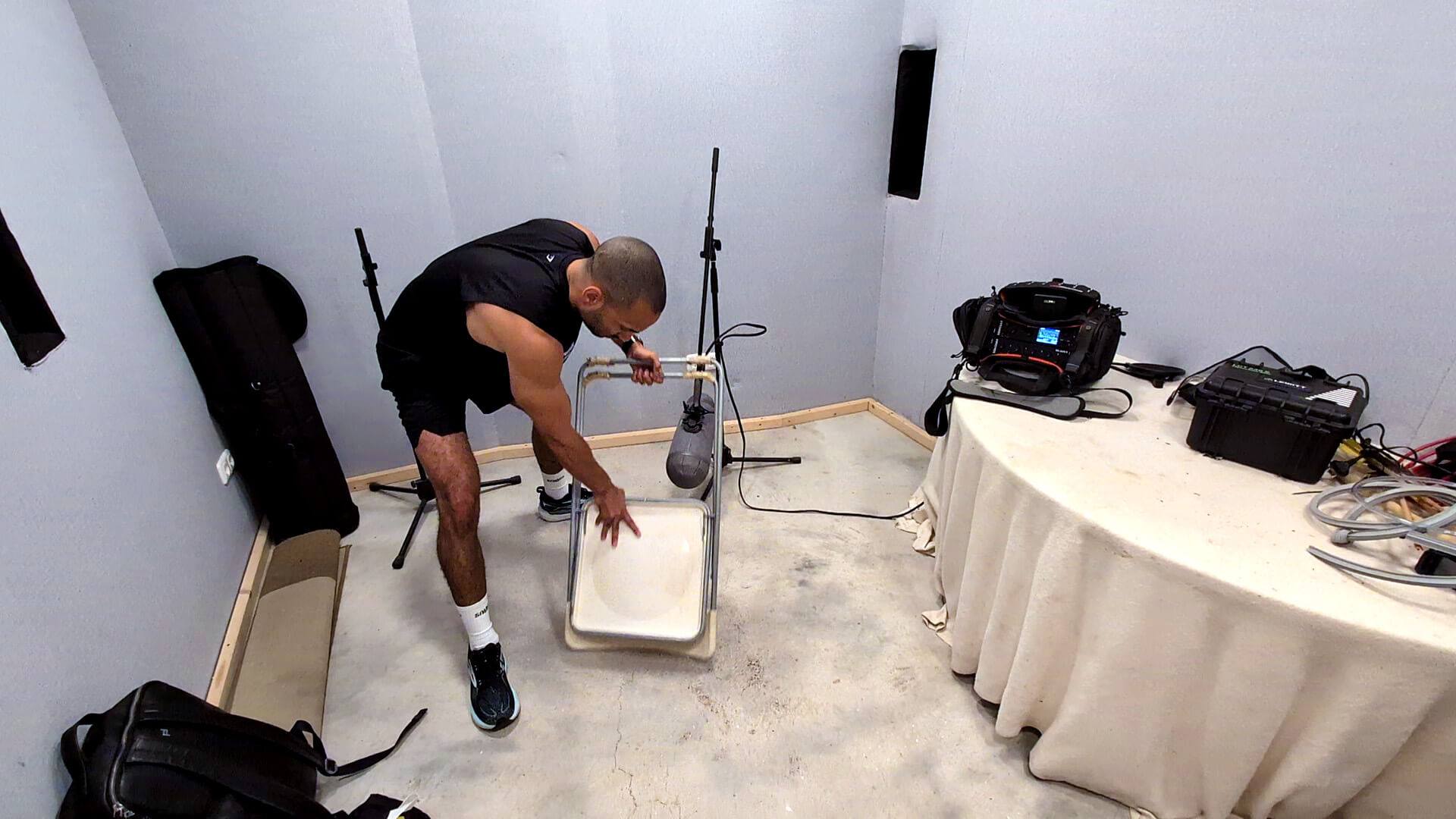
The physical sessions
Recording was not a passive process. Everyone on the BOOM team had to step in front of the mics. Days were spent punching, kicking, tearing cloth and forcing whooshes. It was physical, exhausting work.
“By the end of a session you were sweaty and bruised. We didn’t bring in actors, it was us. And you can hear that effort. There is a difference when the person recording the sound is also putting their body into it. The energy transfers into the performance.”
Weeks of iteration followed. Getting the right balance between contact mic resonance and a traditional MS setup for a single punch sound took three weeks of trial and error. Gore recordings required another fortnight of experimentation, not to mention the aftermath.
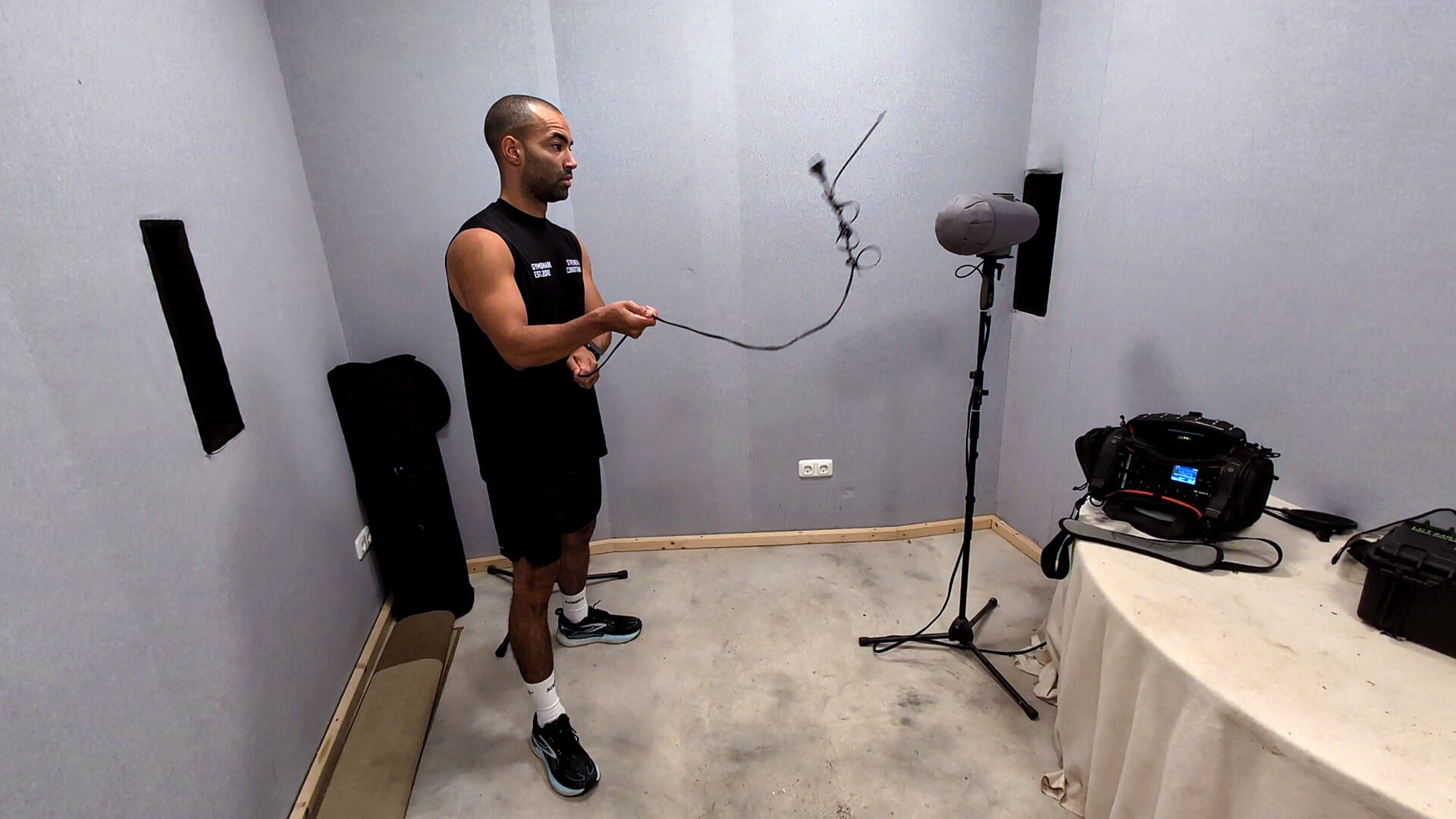
Gore and the clean-up
No fight library is complete without gore, but it is one of the most difficult elements to capture convincingly. The team spent days smashing fruit and vegetables to get the right textures. The recordings were strong, the studio environment less so.
“The sound is the easy part,” Philipp says. “The hard part is the smell afterwards. You are in a room that stinks of rotting fruit, and you have to keep going. Shielding the microphones was also a big challenge. We had juices flying in every direction, so windshields and barriers were essential. People don’t think about that side of it. You spend as much time protecting the gear as you do recording.
We probably spent more on cleaning materials than on some of the equipment. After every session it was mops and buckets.
Favorite discoveries
Asked about highlights, Philipp points to one deceptively simple trick. “Monkey nuts wrapped in leather. It damps the sound just enough to feel like bone cracking under flesh. It is subtle, but when you drop it under a face hit, the realism jumps.”
There were lighter moments too. “When you are recording a piece of fruit in the studio, it can feel ridiculous. You catch your reflection in the glass, sweating and swinging a melon, and it is almost comedy. But then you hear the playback and it is perfect. That is the joy of this work.”
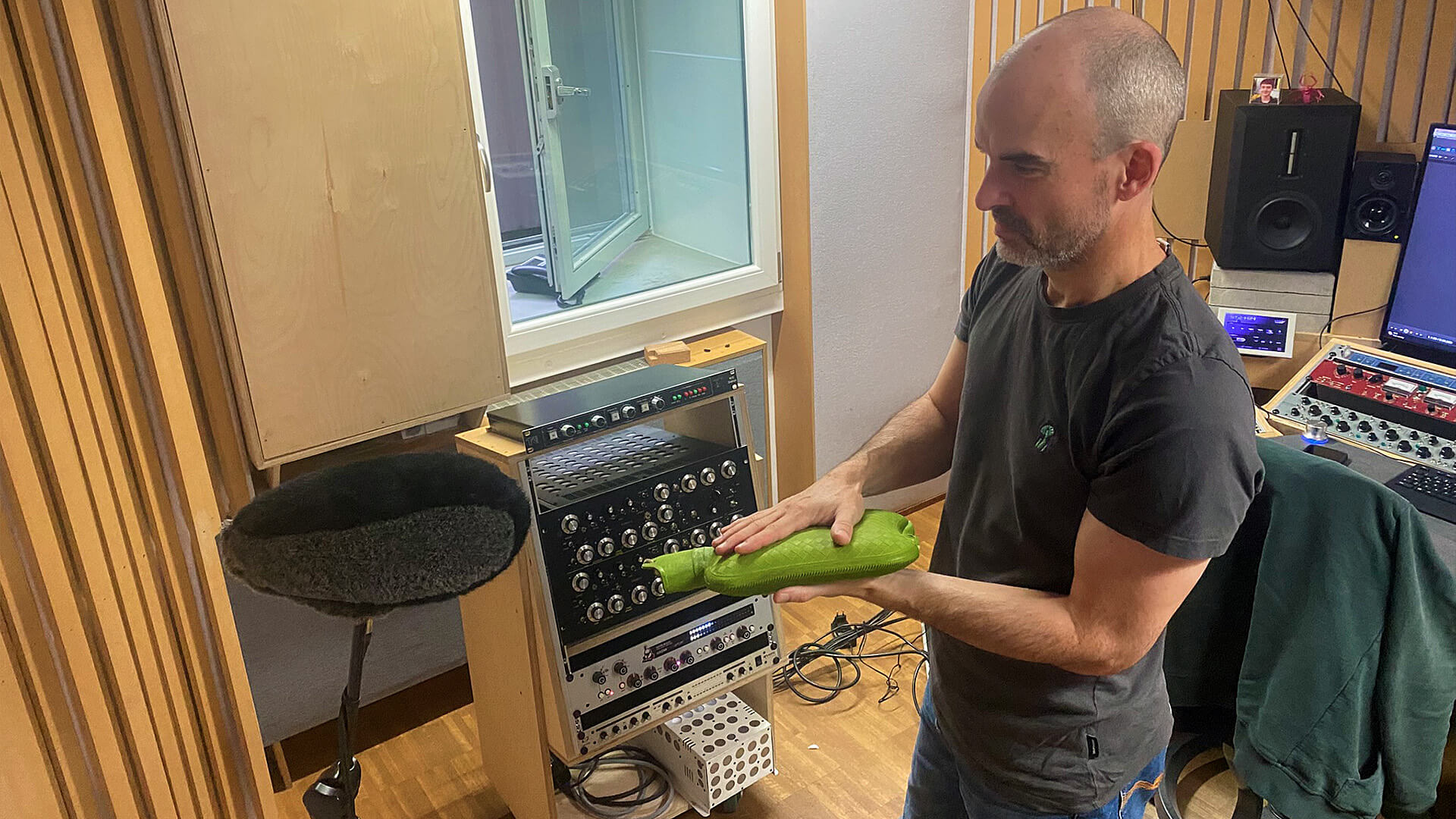
Designed with intent
On the Designed side, the aim was to go beyond a generalised set of impacts. The library is divided into four categories: Martial Arts for stylised, kung fu-like precision, Over The Top for exaggerated, cinematic drama, Grounded for realistic, documentary-style hits, and Gory for when nothing less than gruesome will do.
“The idea was not to give people more of the same but to give them clear stylistic options. If you want a sharp, stylised crack, it is there. If you want something messy and real, that is there too. You can move quickly to the sound that matches the project without trawling through unrelated material.”
Building a modern arsenal
For working sound designers, the usefulness of VIOLENT COMBAT lies in how far the sounds stretch. A punch transient can sell a gunshot. A tear can become part of a creature vocal. A thump can anchor a vehicle collision. These recordings are versatile, and in production terms that translates to speed and reliability.
For those who already own CLOSE COMBAT, Philipp is clear. VIOLENT COMBAT is not a refresh. It is a continuation with sharper recordings, more structured design and a broader stylistic reach. Used together, the two libraries provide an extensive toolkit that covers both classic BOOM punch and modern, detail-rich recording.
“You need sounds that hold up everywhere. That is what we set out to deliver. And the best part for users is this: you get all of the punch, gore and grit without having to mop the studio floor afterwards. We already did that for you.”



